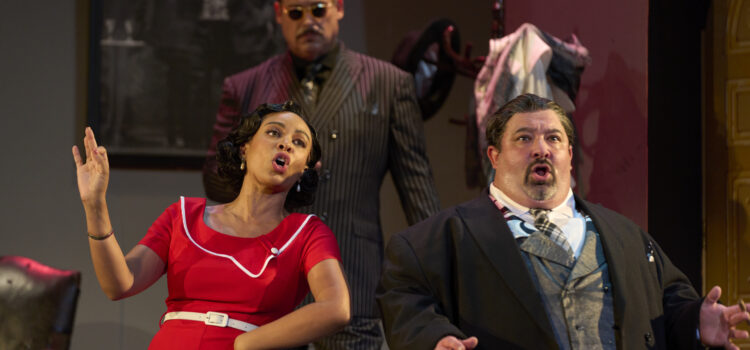By CB Adams
As if to serve as a counterpoint to Union Avenue Opera’s (UAO) festival-opening but decidedly heavy “Turn Of the Screw,” the company offers up a light summer treat with Donizetti’s “Don Pasquale” – as welcome as a heaping scoop of granita during the current heat wave.
It’s perfect time for a classic comic opera (libretto by Giovanni Ruffini, after Angelo Anelli) whose silly plot plays distant second fiddle to the vocal performances provided by the well-cast singers in this production.
With only four main characters, this production of “Don Pasquale” benefits from the modest stage at Union Avenue Christian Church, UAO’s home for its festival. The tight scale allows ample opportunity for the singers to strut their stuff – including the excellent ensemble. It’s a good thing the emphasis is on the performance of the singers because the set is flimsy and plain, the lighting is serviceable and unremarkable, and the costumes are seemed in need of a good tailor.
These shortcomings are more than compensated for by the performances of Andy Papas as Don Pasquale, Peter Kendall Clark as Dr. Malatesta, Namarea Randolph-Yosea as Ernesto and Christine Lyons as Norina. In fact, this would have been just as satisfying an experience if these four had performed on an empty stage.
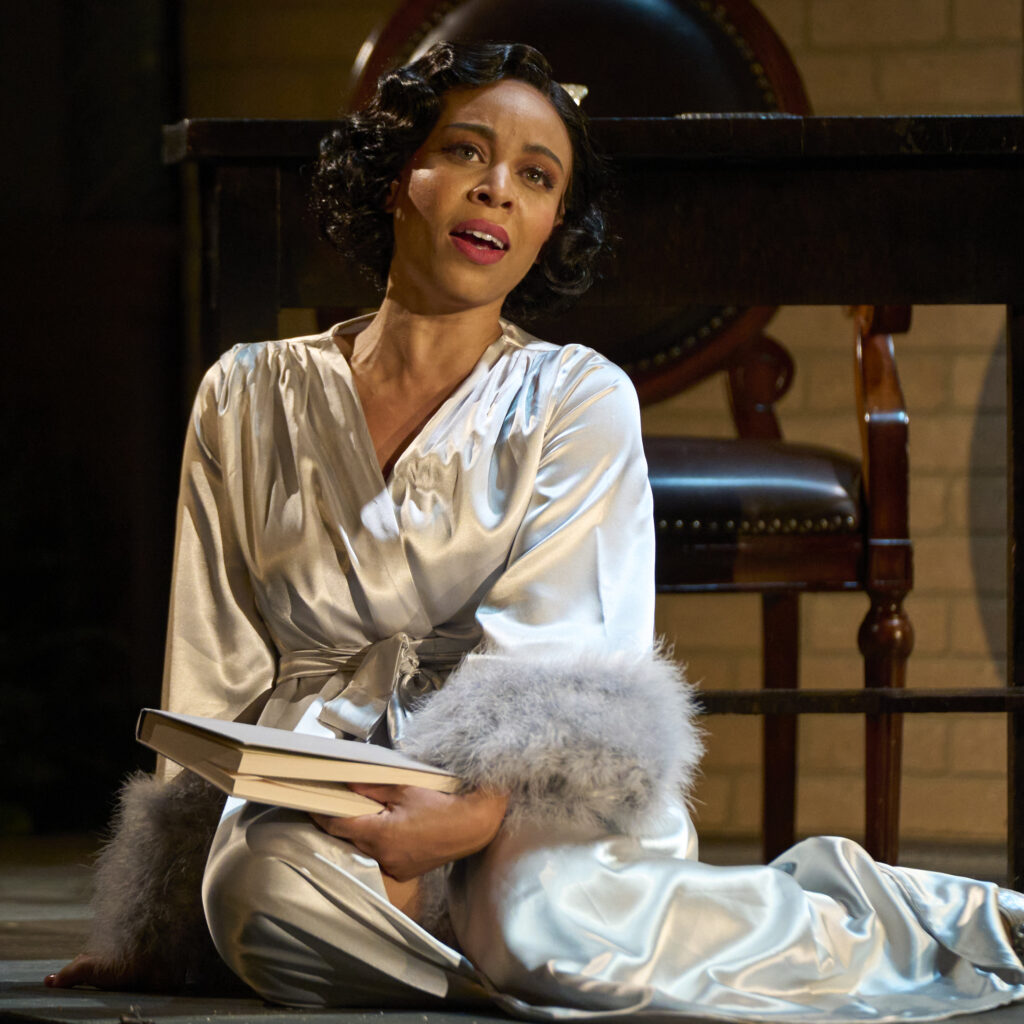
This production puts it money where its mouths are. Sung in Italian with English subtitles, the subtitles are often not necessary thanks to the emotive – sometimes comedic and rollicking, other times romantically heartfelt – performances of the cast members.
Bass baritone Papas as the opera’s namesake is the sort of portly presence we expect from a Don Pasquale – much like we expect from a Falstaff. Papas gives his Pasquale a depth that ranges from likeable, to lightly tyrannical, to even pitiable. Throughout, Papas is confidently in charge of the material and provides a masterful balance of antics, pathos and bluster.
Clark’s puppet-master Dr. Malatesta towers over Papas (and the rest of the cast) physically, while providing a well-modulated performance that makes the most of his big, rich, robust voice.
One of the highlights of this production is his Act III duet with Papas that breaks the fourth wall as the two solicit applause from the audience – something they heartily received, and which didn’t feel out of place or break the flow of the jaunty story.
With a male-to-female ratio of three to one, soprano Christine Lyons, making her UAO debut, more than held her own as the opera’s love interest. Lyons provides a fully realized Norina that relies as much on small gestures like the demure tilt of her head or the brazen lift of her skirt as on her high notes and sprightly coloratura. The show may be named for Don Pasquale, but it many ways, this was Lyons’s show.
As Don Pasquale’s nephew, Ernesto, Randolf-Yosea, also making his UAO debut, sometimes lacks the confidence and power of the other singers, but more than makes up for that during his solo moments. He provides a captivating love lament in Act II that is one of the highlights of this production, as was his deeply affectionate duet with Lyons, “Tornami a dir che m’ami.’
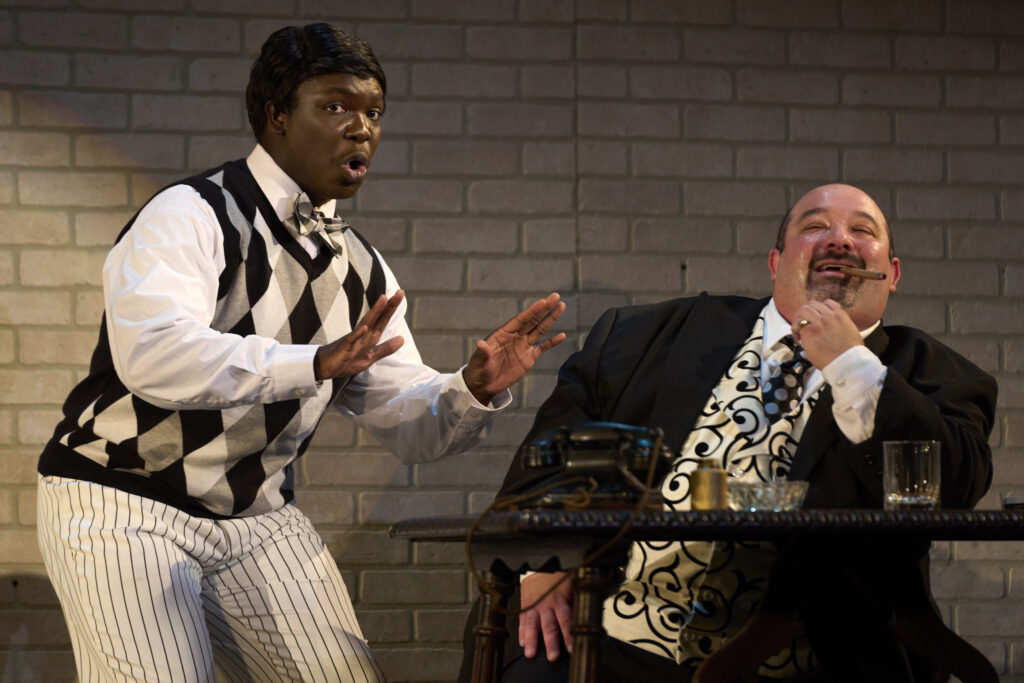
Beautifully percolating beneath the action on stage is the chamber-size orchestra under the direction of conductor Stephen Hargreaves. The orchestra provides a satisfying and masterful account of the score, though sometimes the singers phrases were lost beneath a swell of music.
UAO’s “Don Pasquale” is a frothy, delightful take on this comic opera classic. Yes, there is some agism and sexism that makes the plot seem dated, but the incredible cast and Donizetti’s entrancing score keep the pace moving so quickly that those are easy to overlook.
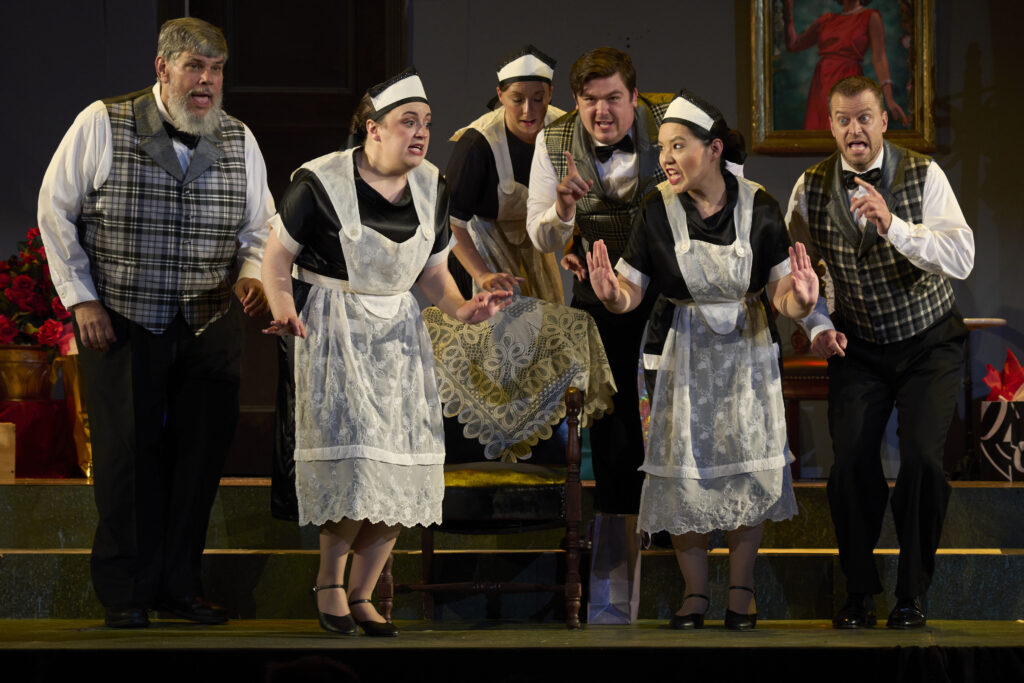
“Don Pasquale” runs at 8 p.m. on July 28 and 29 and August 4 and 5 at the Union Avenue Christian Church, 733 Union Boulevard. For more information, visit www.unionavenueopera.org.
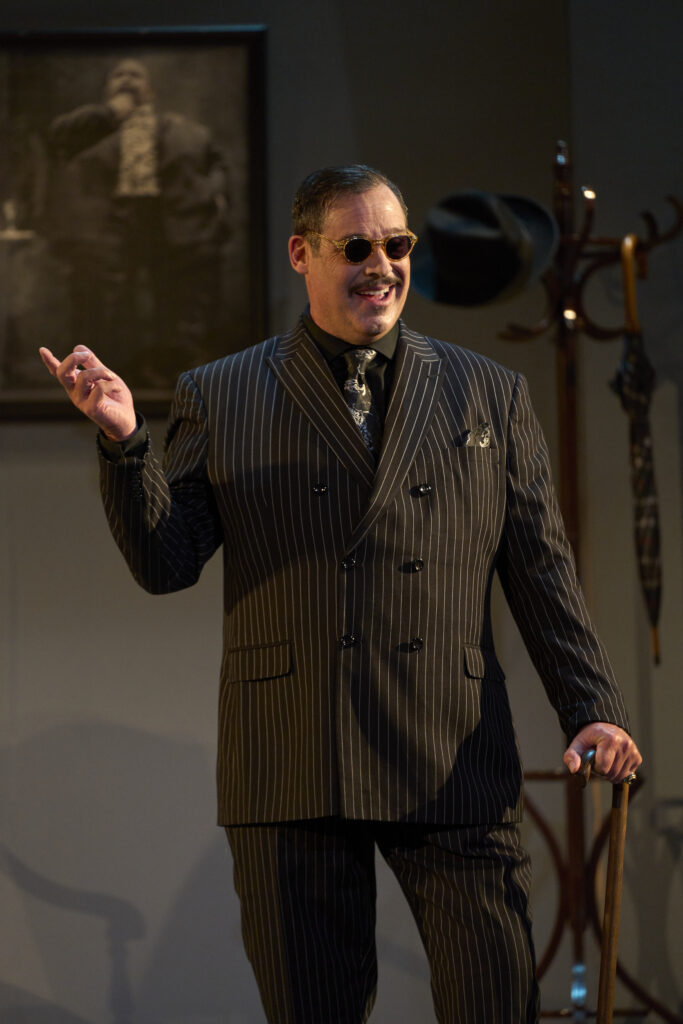
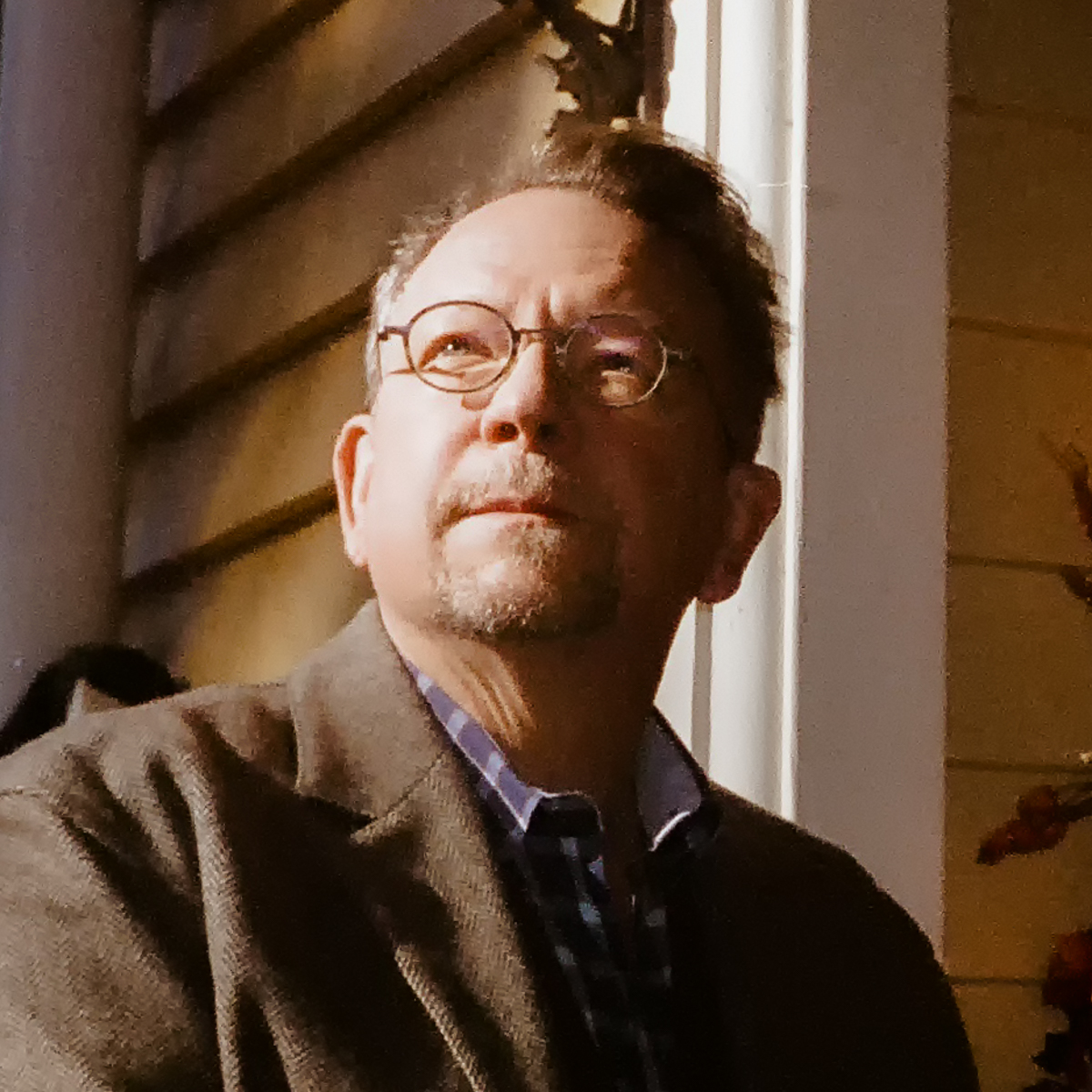
CB Adams is an award-winning fiction writer and photographer based in the Greater St. Louis area. A former music/arts editor and feature writer for the St. Louis Globe-Democrat, his non-fiction has been published in local, regional and national publications. His literary short stories have been published in more than a dozen literary journals and his fine art photography has been exhibited in more than 40 galley shows nationwide. Adams is the recipient of the Missouri Arts Council’s highest writing awards: the Writers’ Biennial and Missouri Writing!. The Riverfront Times named him, “St. Louis’ Most Under-Appreciated Writer” in 1996.

